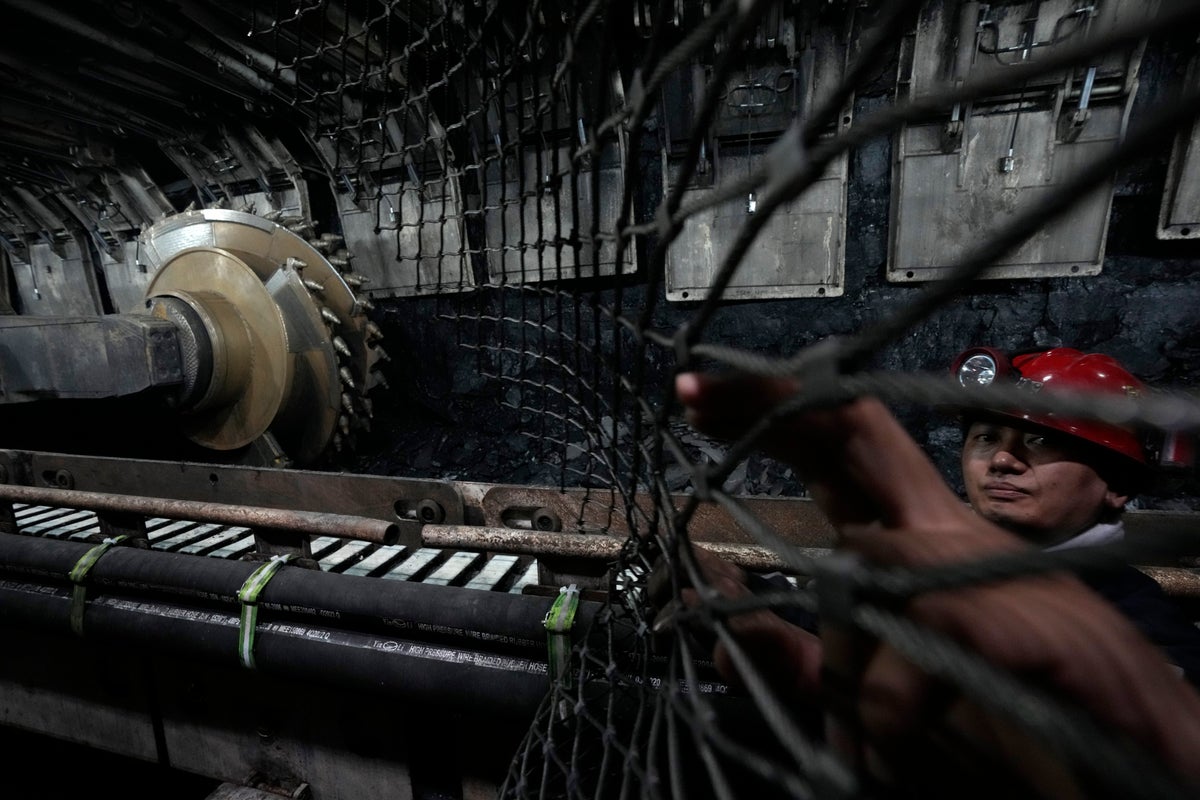
China is using “smart” technology to try to improve its safety record in coal mines, as part of a push by the National Energy Administration to bolster output and stem frequent accidents and collapses.
Smart-mine sensors monitor aspects such as gas buildup and flooding or ventilation levels, and set off an alert if any reach a dangerous level. The sensors, located inside the mine and on carts and tools, transfer the data via 5G, allowing for real-time monitoring by a central command.
Huawei Technologies Ltd., better known for telecommunications equipment, teamed up with state-owned Shaanxi Coal Industry Co to pilot its intelligent coal mine technology in Hongliulin and Xiaobaodang. Huawei has pivoted to other industries including self-driving cars, factories and mines amid U.S. sanctions that led it to report a 70% decline in profits from last year in March.
The system has allowed Shaanxi to reduce the number of people working underground by 42% at the Xiaobaodang mine, while increasing production levels. Miners now work with the help of robots, which also monitor equipment including centrally-controlled shearers, the sharp blades used to collect coal.
In March, China said that 53 miners involved in an accident in a large mine in Inner Mongolia were either missing or dead. The mine collapsed in February after a landslide.







